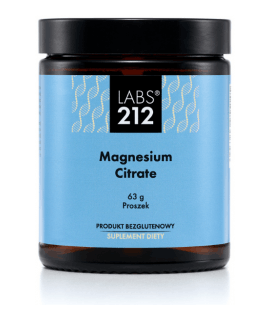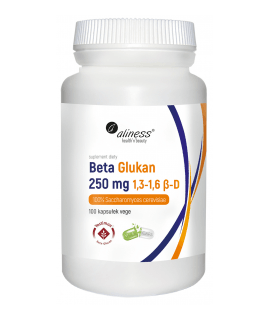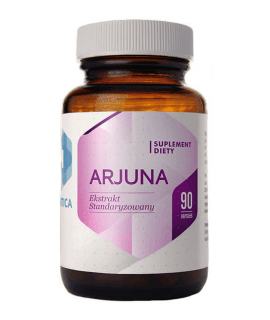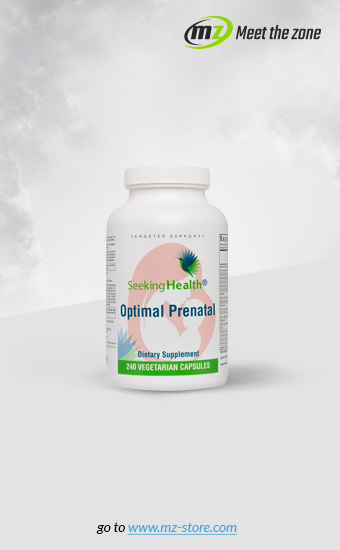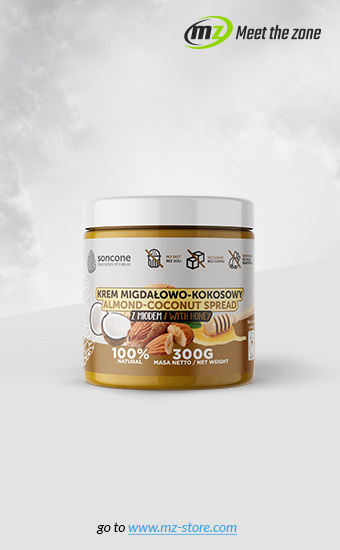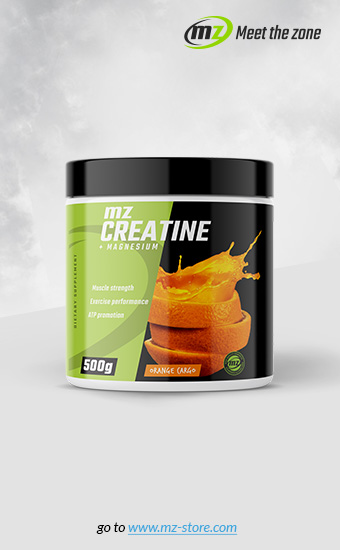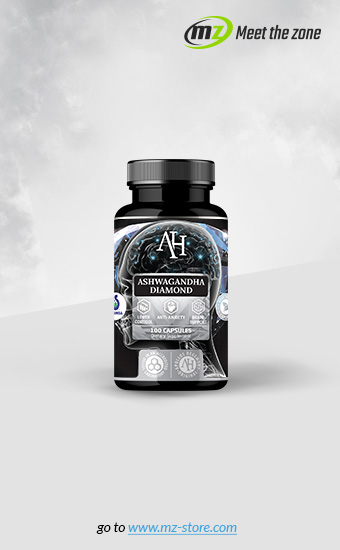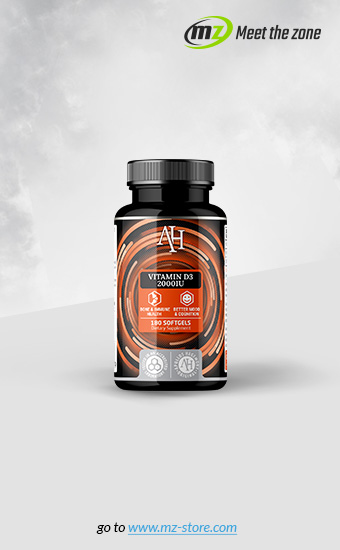Ischemic stroke, which is also referred to as cerebral infarction, is the result of abnormal cerebral circulation. It results in damage to neurons, or brain cells, as they are not supplied with oxygen and glucose by the blood supply during the stroke incident.
Causes and consequences of stroke
A stroke can have different consequences depending on its extent and the time between the incident and reaction. In the best case, it can end in weakness, but sometimes the effects are much more serious, such as facial contortion, lack of sensation, and paresis on one side of the body. A stroke can also result in dysphagia or impaired swallowing. This condition occurs in every second patient after a stroke. In this case, a proper diet is recommended.
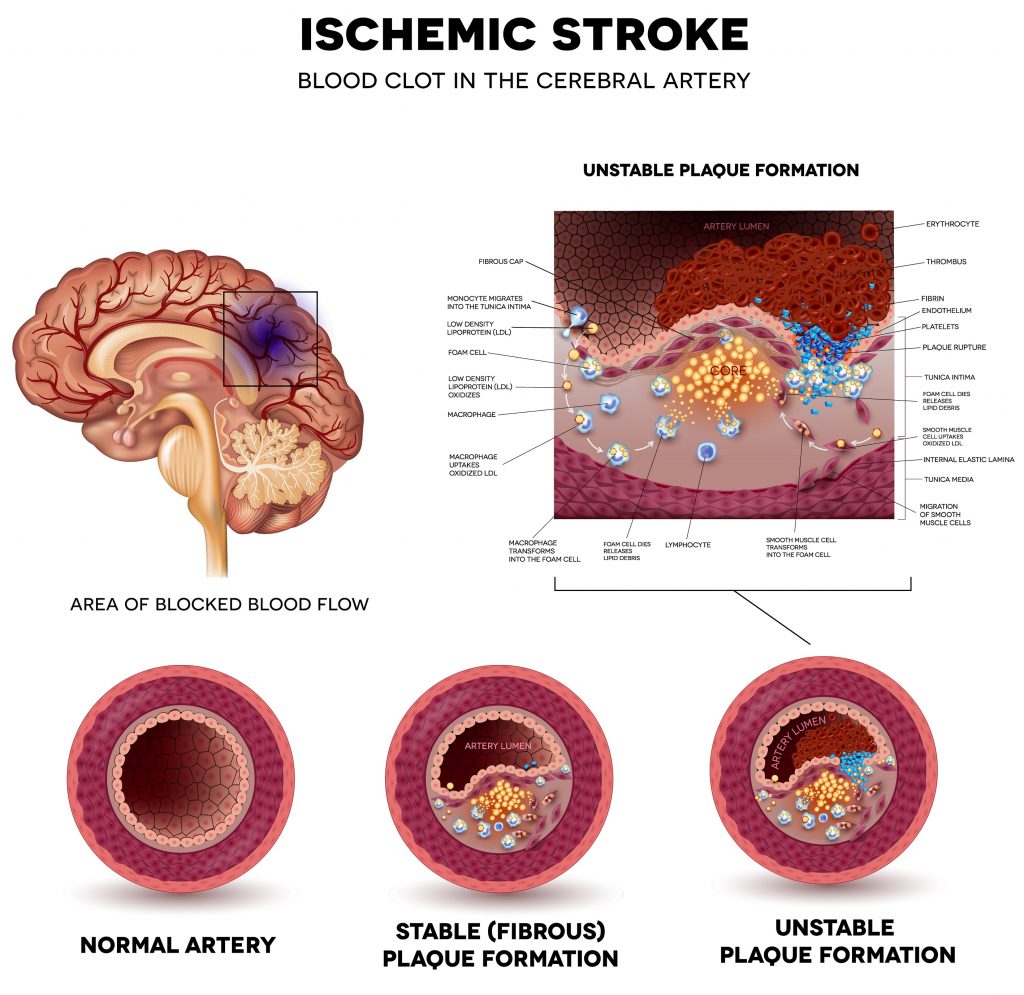
What should a person eat after an ischemic stroke?
Difficulty swallowing - dysphagia after stroke is one of the main dietary obstacles in post-stroke patients. It not only causes an increased risk of choking but can even lead to malnutrition. It is estimated that up to 60% of stroke patients are malnourished!
It is worth remembering the importance of proper nutrition in recovery after the disease. It is a key element of rehabilitation because it supplies the body with essential nutrients necessary for effective recovery. This is why the diet after a stroke should also be properly planned. Post-stroke disorders can lead to poor diet in the patient, which in turn affects his or her well-being, and also delays the effects of rehabilitation.
What should a healthy, balanced diet after stroke look like?
A correctly planned diet after a stroke is very important. The patient may experience problems with eating, including lack of appetite, decreased mood, difficulty preparing meals, and swallowing disorders. The caregiver should then make sure that their patient has the right diet to meet their nutritional needs.
Meals after a stroke should be:
- easy to eat
- high in calories
- tasty
- varied
- attractively served
People who have had an ischemic stroke should make sure that they get the right amount and quality of nutrients in their diet.
Recommended foods for a post-stroke diet include:
- Vegetables and fruits
- Lean meats - chicken, turkey
- Oily fish containing Omega-3 and Omega-6 fatty acids
- Milk and dairy products
- Whole grain products
- Healthy vegetable oils and seeds
What to avoid in diet after a stroke?
Stroke patients often have elevated blood pressure and increased blood cholesterol. Such factors increase the risk of another stroke. Diet should therefore reduce these abnormalities. Additionally, patients who are lying down for long periods of time should not include a high amount of sodium - salt - in their diet, which can increase the risk of pressure sores.
The diet of post-stroke patients should not contain:
- Saturated fatty acids - their sources are mainly fatty meats, lard, butter, offal, and sweets.
- Salt - it is mainly provided by highly processed foods, including convenience products, fast foods, salty snacks, ready-made spice mixes, and yellow cheese
You should also avoid foods that are hard to digest, which aggravate bloating and other gastrointestinal problems. Salt can be replaced with herbal salt or other spices. It is also always worth checking its content on the product’s nutrition facts label.
Summary - what should the diet be after a stroke?
- Ideally, the diet of a patient after a stroke should consist of 5-6 meals a day.
- They should be smaller but served systematically every 3-3.5 hours.
- Meals should contain high-quality protein sources like lean meat, fish, dairy products, with the addition of valuable vegetables and fruits.
- Dairy products are important because they provide not only protein but also a significant amount of calcium and vitamin D3.
- Whole grain products such as groats or brown rice are also important as they are a source of fiber and B vitamins, supporting the heart and nervous system.
- Green vegetables, such as lettuces, also have high amounts of B vitamins.
- You should not serve dishes containing peas, beans, cabbage, fried dishes, and dishes that are hard to digest.
- It is better to choose foods prepared by steaming, stewing, or baking. The diet should not lack antioxidants, including vitamin C, E, and vitamin A in the form of beta carotene. They are mainly contained in fruits and vegetables, while good sources of vitamin E include nuts and vegetable oils, such as rapeseed and walnut oil.
- Unsaturated fatty acids are important, as they protect the heart and nerves from being damaged. They are mainly contained in cold-pressed vegetable oils and oily sea fish. Avocados are also a rich source of vitamins and healthy fatty acids.

